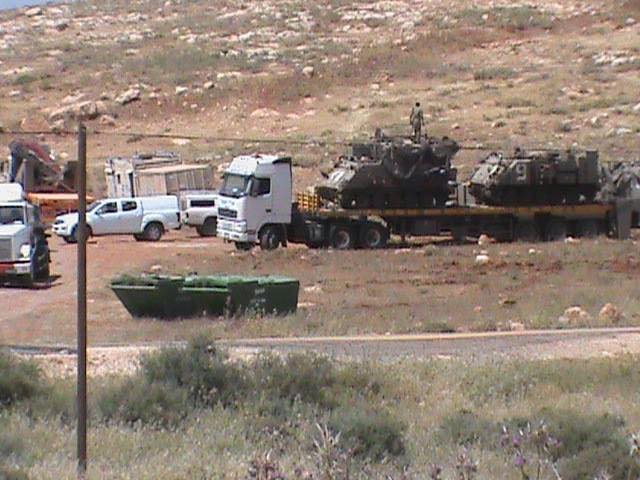Author: ISM Media
-
Journal: House demolition in East Jerusalem
27th April 2015 | International Solidarity Movement, Team Al Khalil | East Jerusalem, Occupied Palestine This has been hard to write down. The three of us put off again and again the thoughts and fears of that day, to remember them and to finally write them down. We have been avoiding it, because it is easier to…
-
In photos: Demonstration in Nabi Saleh
26th April 2015 | International Solidarity Movement, Ramallah Team | Nabi Saleh, Occupied Palestine ISM is bringing the story of Friday’s weekly demonstration in Nabu Saleh, 20 kilometers northwest of Ramallah, the Occupied West Bank, in photos. Israeli forces shot one Palestinian teenager in the head with live ammunition and fired stun grenades at the press.
-
Israeli military training critically damaging to Palestinian farmers
25th April 2015 | International Solidarity Movement, Huwwara Team | Aqraba, Occupied Palestine On 25th April 2015 ISM volunteers met with the mayor of Aqraba, Ayman Bani Fadl, who has asked internationals to document the intrusive Israeli occupation forces’ actions over the past week. The Israeli forces have been using civilian farm land to carry out training…



